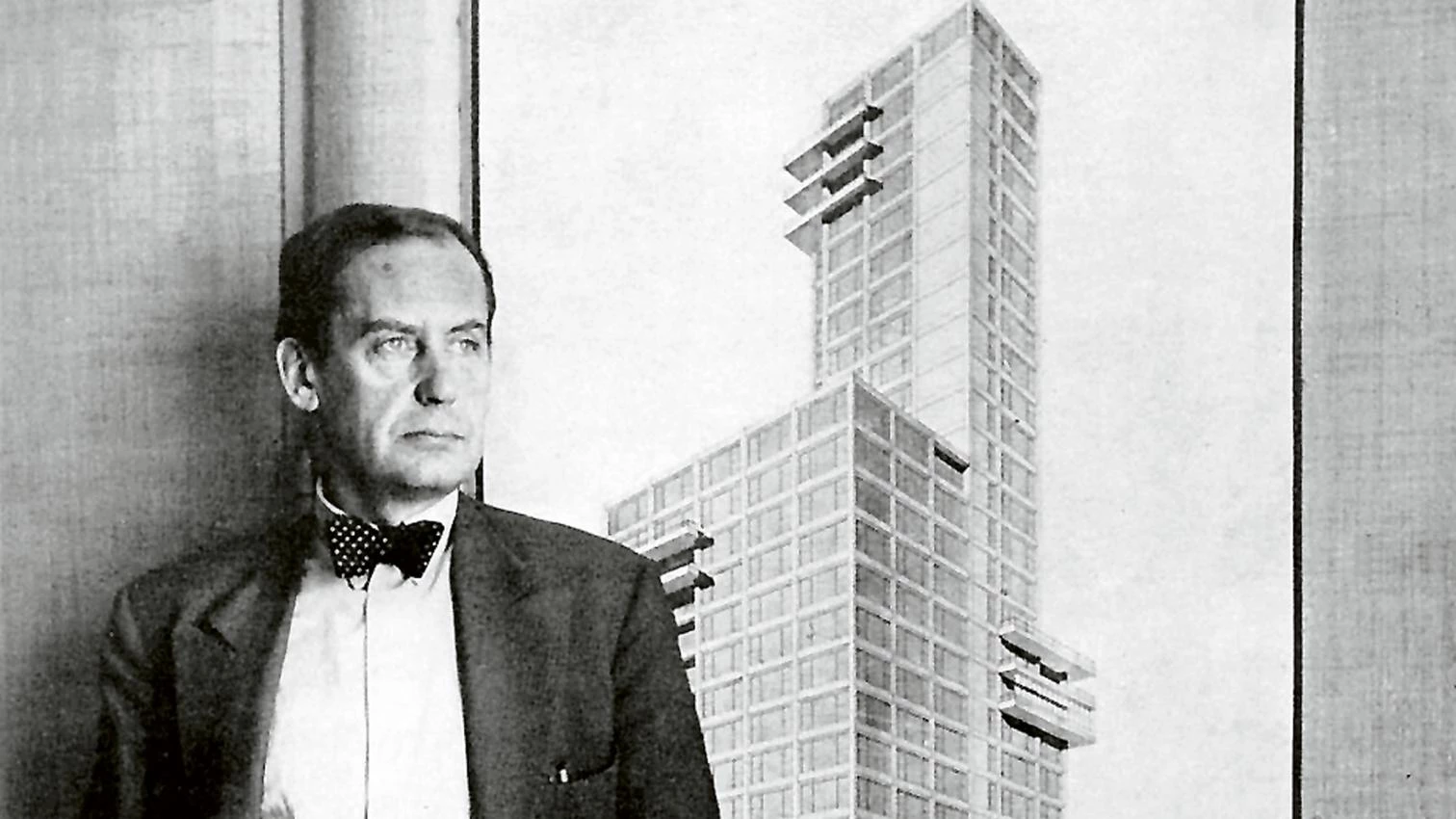
The centenary of the Bauhaus coincides with the fiftieth death anniversary of its founder and director, the architect Walter Gropius (1883-1969). The double celebration seals the association between the figure and the school, however true it is that the Bauhaus was more than Gropius, and that the life of Gropius was much more than the Bauhaus. The institution has come to eclipse the man, who always upheld its original form as the true Bauhaus, to the point that we wonder who Walter Gropius really was, beyond the Bauhaus. This is precisely the starting point of Walter Gropius: Visionary Founder of the Bauhaus.
The author, an architecture writer for The Guardian for five decades now and an acclaimed biographer of major figures of English culture, such as William Morris, Edward Burne-Jones, and Lord Byron, in this case had two big tasks at hand. On one hand she embarked on an adventure beyond her cultural context. On the other hand was the colossal challenge posed by the size, complexity, and dispersion of Gropius’s legacy. Perhaps MacCarthy’s key achievement here is having woven a clear and consistent discourse in which, despite so much information, gives a good picture of Gropius’s intense life in both the personal and professional realms, taking into account his emotional ups and downs and to a lesser extent his intellectual baggage.
This wealth of material is structured by dividing the life of Gropius into three parts: a first one set in his native Germany (1883-1934), a second life as an emigrant in England (1934-1937), and a third act as a professor at Harvard and a citizen of the United States of America (1937-1969). Particularly of value because of its novelty is the detailed description of Gropius’s London years. The importance given to this period is due to the author’s vast knowledge of the cultural context. But this makes it clearly directed at readers of the Anglo-Saxon world. MacCarthys’s British viewpoint is understandable, but it seems rather far-fetched to refer to a frustrating phase of worry and precariety as a “second life.” The matter deserves further commentary only because the generous attention to Gropius’s English experiences clashes with the questionable omission of other contexts, in particular with the near-total absence – excepting his 1907-1908 travels in Spain – of references to the ties he established and cultivated with the Spanish-speaking world, a fact readers of the Spanish translation will find especially interesting.
MacCarthy stresses that Gropius’s primary objective was to integrate the arts and life. To understand the reach of this goal and the extent of his commitment to it, we have to study his writings. But the book neither is nor tries to be an intellectual biography, so we will have to wait for the autumn release of the biography by Winfried Nerdinger. MacCarthy’s portrait shows the more private side of Gropius, including the chance to admire the intelligence that enabled him to overcome serious existential crises, yet without succumbing to any need to again monumentalize his figure as a hero of modernity.






